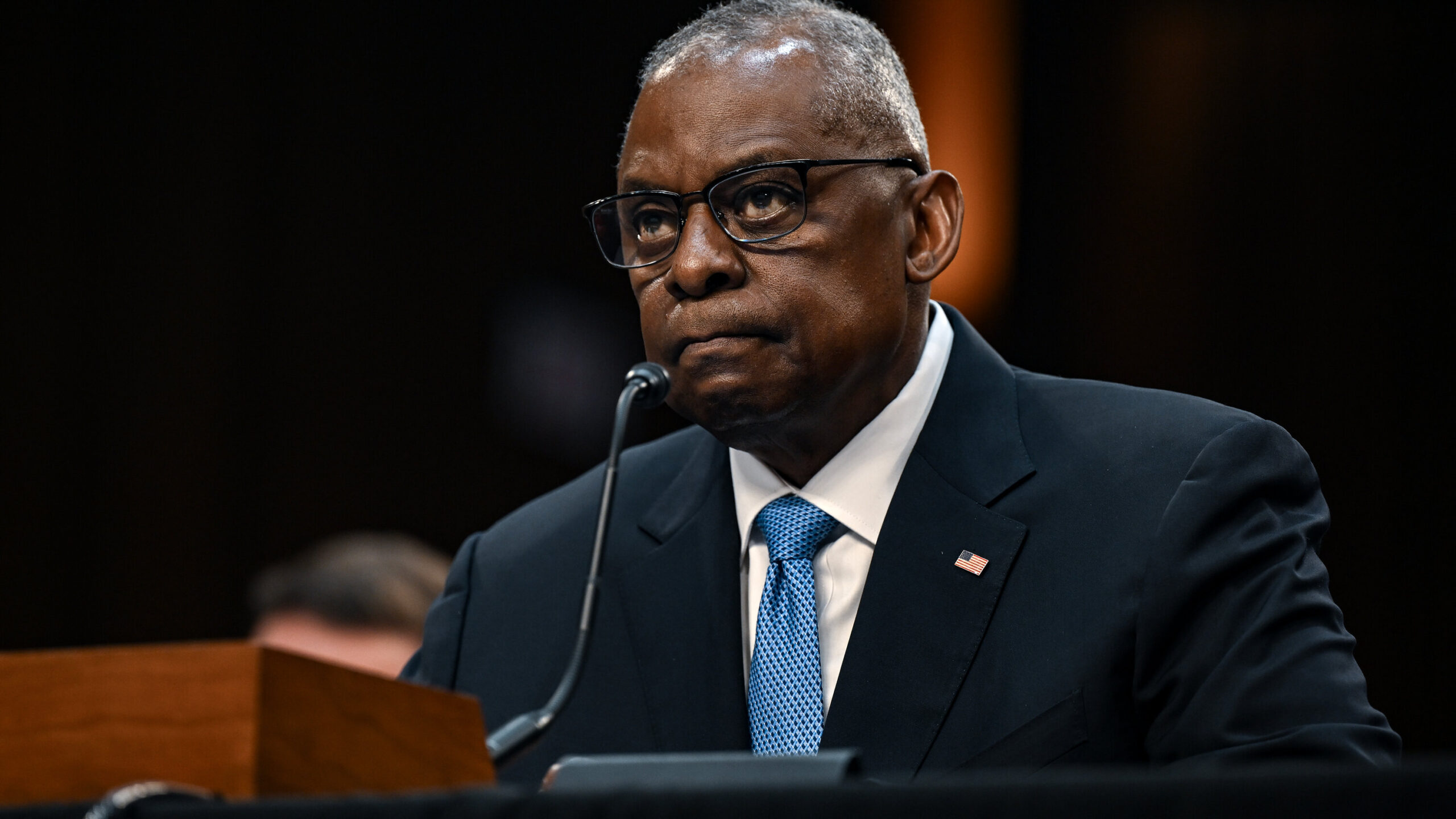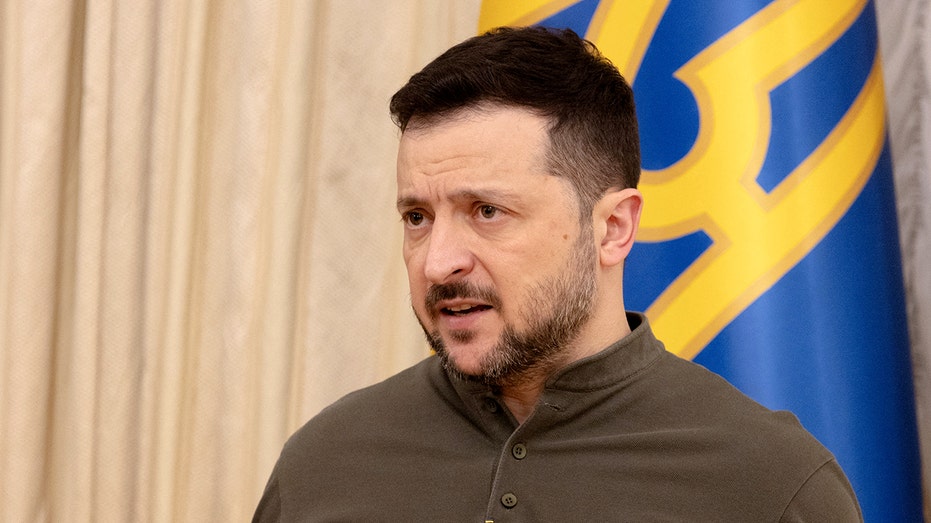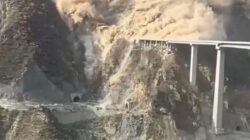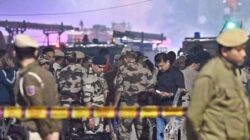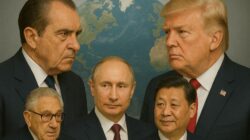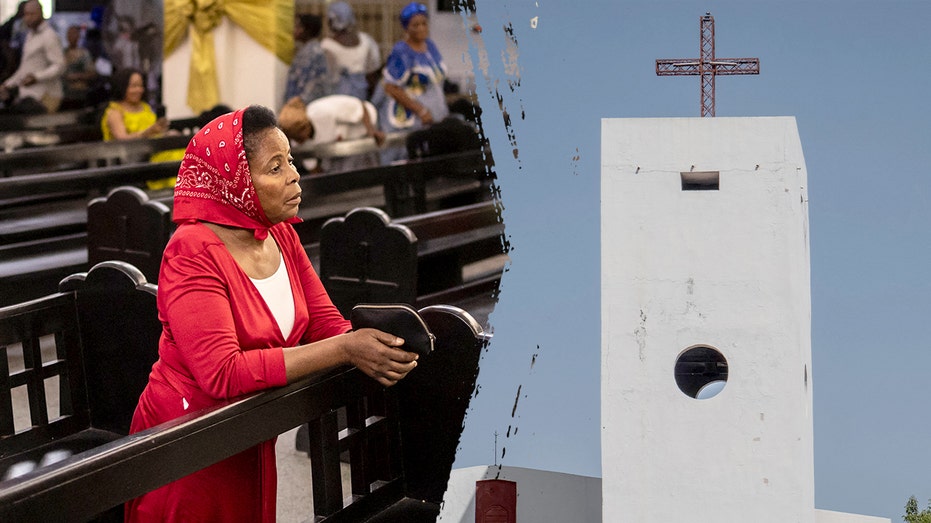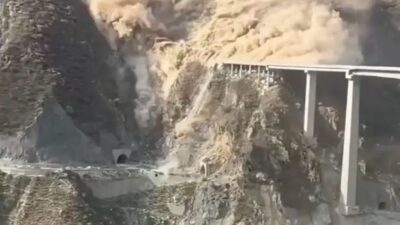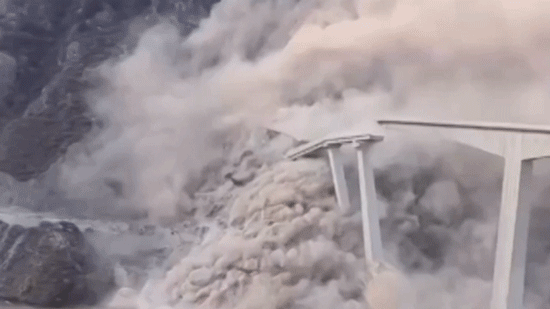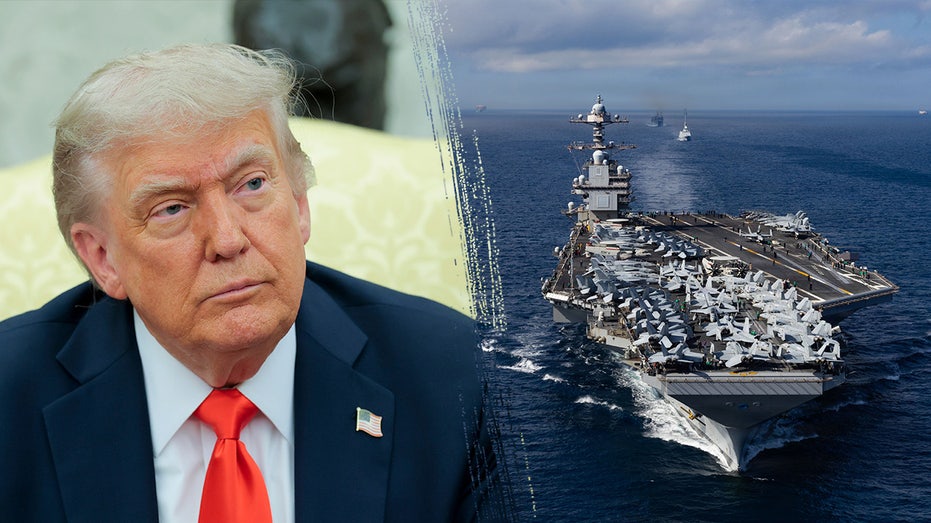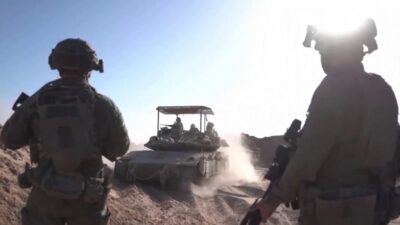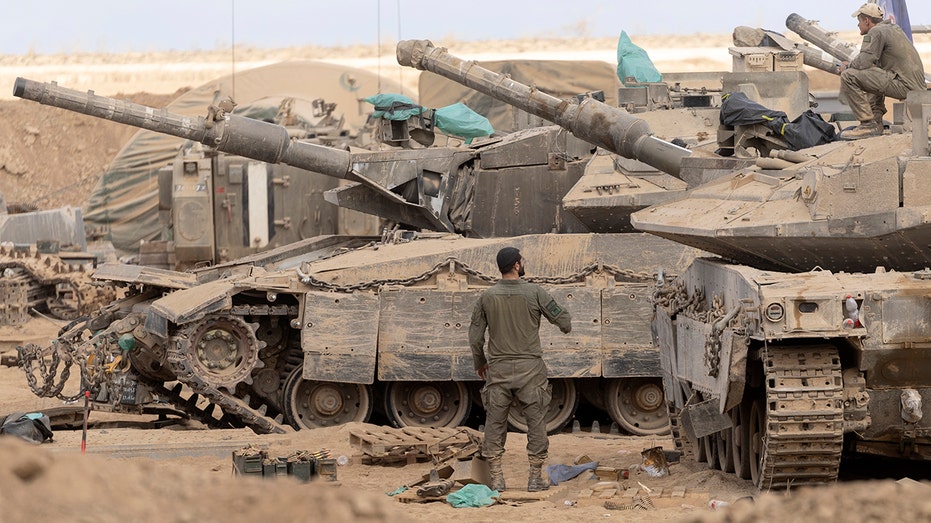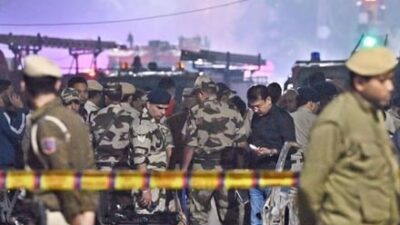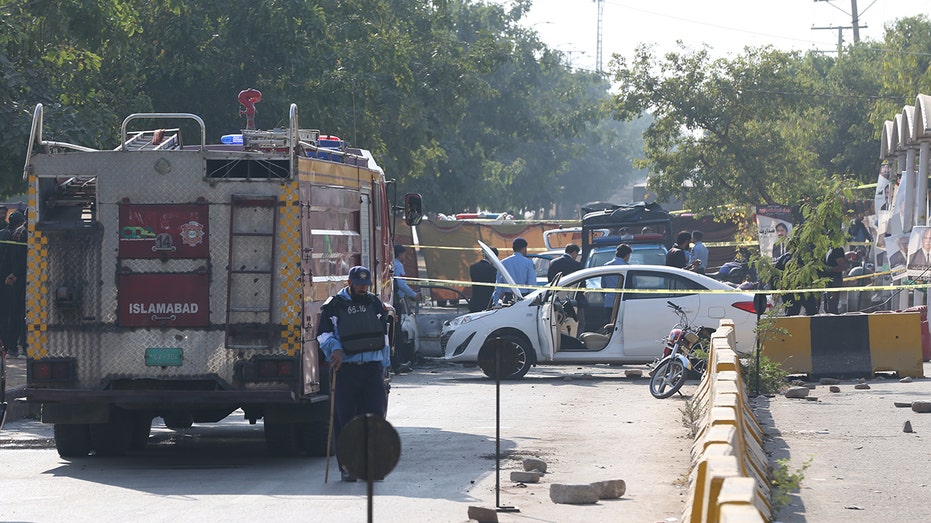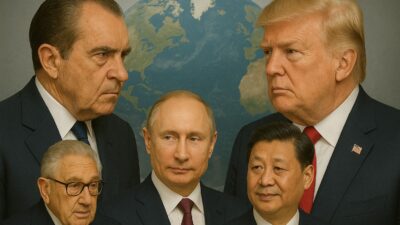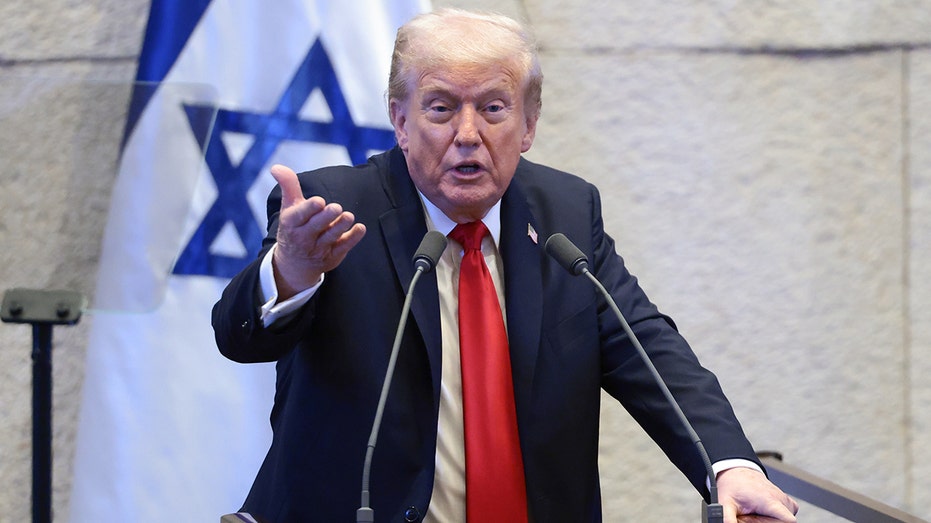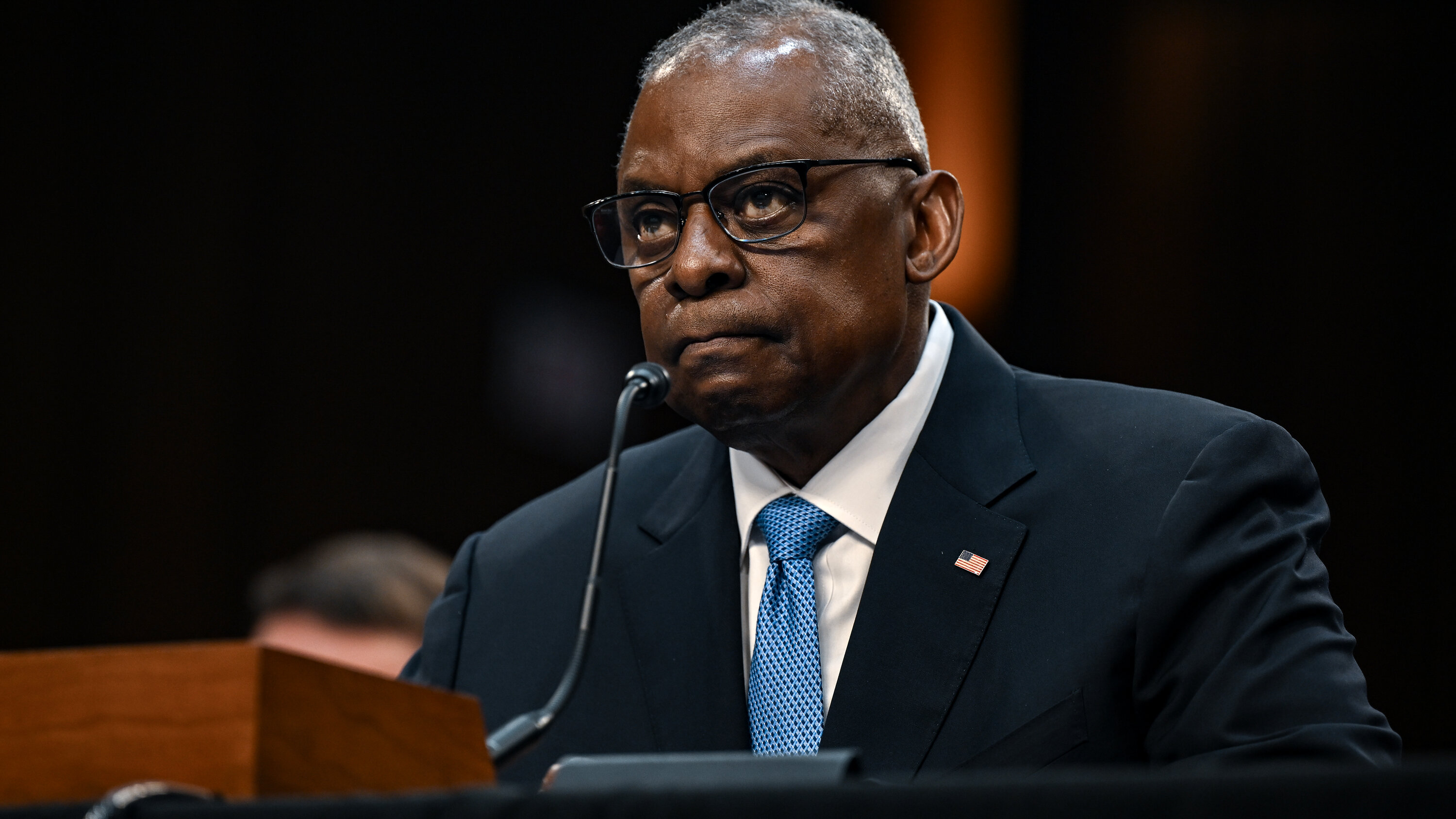
Ukraine Reports Massive Drone Attack as Trump Pushes for Peace Talks
In a significant escalation of hostilities, Ukraine’s air force reported a large-scale drone attack that unfolded overnight, marking another chapter in the ongoing conflict with Russia. The incident has heightened tensions in a region already fraught with uncertainty as various actors, including former U.S. President Donald Trump, weigh in on potential resolutions to the war.
Drone Attack Details
Ukraine’s air force took to Facebook to disclose crucial details about the attack, revealing that they successfully shot down 85 enemy unmanned aerial vehicles (UAVs). Significantly, 52 of these drones failed to reach their designated targets, indicating a noteworthy level of effectiveness in Ukraine’s air defense system amidst the barrage.
The large-scale drone assault underscores the persistent nature of the conflict, which has seen a relentless cycle of attacks and counterattacks as both sides strive for an upper hand. Ukrainian officials have consistently emphasized the importance of bolstering their air defense capabilities, and this incident serves as a reminder of the ongoing threat posed by Russian drone warfare.
Trump’s Involvement: Calls for Peace
Amidst the backdrop of military conflicts, former U.S. President Donald Trump has emerged as a vocal proponent for peace negotiations between the warring parties. In a recent post on Truth Social, Trump shared insights from his conversations with both Russian President Vladimir Putin and Ukrainian President Volodymyr Zelenskyy. He characterized his dialogue with Putin as “lengthy and highly productive,” highlighting a mutual understanding of the need to cease the hostilities.
Trump’s assertion that both leaders expressed a commitment to ending the ongoing conflict reflects a shift in diplomatic dynamics. The former president noted that during his conversation with Putin, they discussed the critical need to initiate immediate negotiations, signaling a willingness to engage in dialogue to resolve the crisis.
Context of U.S. Support and Aid
During President Joe Biden’s administration, the U.S. has provided an extensive amount of financial and material aid to Ukraine, underlining America’s support for Ukrainian sovereignty against Russian aggression. As tensions have escalated, this assistance has been vital for Ukraine as it continues to defend itself against Russian forces.
However, Trump’s advocacy for a peaceful resolution brings a different dimension to the discourse surrounding the war. While the current U.S. administration remains focused on military support, Trump’s outreach to both Putin and Zelenskyy introduces the possibility of alternative diplomatic avenues. It raises pertinent questions about the efficacy of military aid versus diplomatic engagement in resolving protracted conflicts.
Acknowledging Zelenskyy’s Position
In conjunction with his discussions with Putin, Trump also relayed his communication with President Zelenskyy. He reported that the call with the Ukrainian leader went “very well,” indicating a mutual desire for peace among leaders embroiled in the conflict. Trump emphasized Zelenskyy’s eagerness to explore pathways to end the war, which bodes well for the prospects of meaningful negotiations moving forward.
This triad of discussions between Trump, Putin, and Zelenskyy introduces a notable layer to the ongoing geopolitical scenario, suggesting that all parties may share a vested interest in seeking an end to hostilities. It remains to be seen how these conversations will influence the current dynamics on the ground and whether they can catalyze a more comprehensive diplomatic effort.
The Wider Implications
As the conflict between Russia and Ukraine has dragged on, its ramifications extend far beyond the borders of the two nations. The ongoing warfare has implications for global security, geopolitical alliances, and the international economy. Food and energy prices have fluctuated, partly due to the instability created by the war, prompting countries worldwide to reevaluate their strategies and economic dependencies.
Furthermore, the emergence of figures like Trump advocating for diplomatic solutions illustrates the complexity and multifaceted nature of international relations in the context of modern warfare. The interplay between military might and diplomatic overtures will likely shape future engagements not just in Ukraine, but in conflict zones around the world.
Conclusion: The Road Ahead
The recent drone attack in Ukraine and Trump’s push for peaceful resolutions underscore the complicated landscape of the ongoing conflict. As military actions continue to unfold, the voices advocating for dialogue will face challenges yet possess the potential to alter the course of the war.
The coming days and weeks will be crucial for assessing whether diplomatic talks can gain traction and lead to a significant reduction in hostilities. Both the Ukrainian military’s response to drone assaults and the geopolitical maneuvers involving key leaders will determine the path forward in a conflict that has already endured extensive human and material costs.
As the world watches, the need for effective dialogue has never been clearer, and the hope for peace remains as vital as the survival of the state itself.

